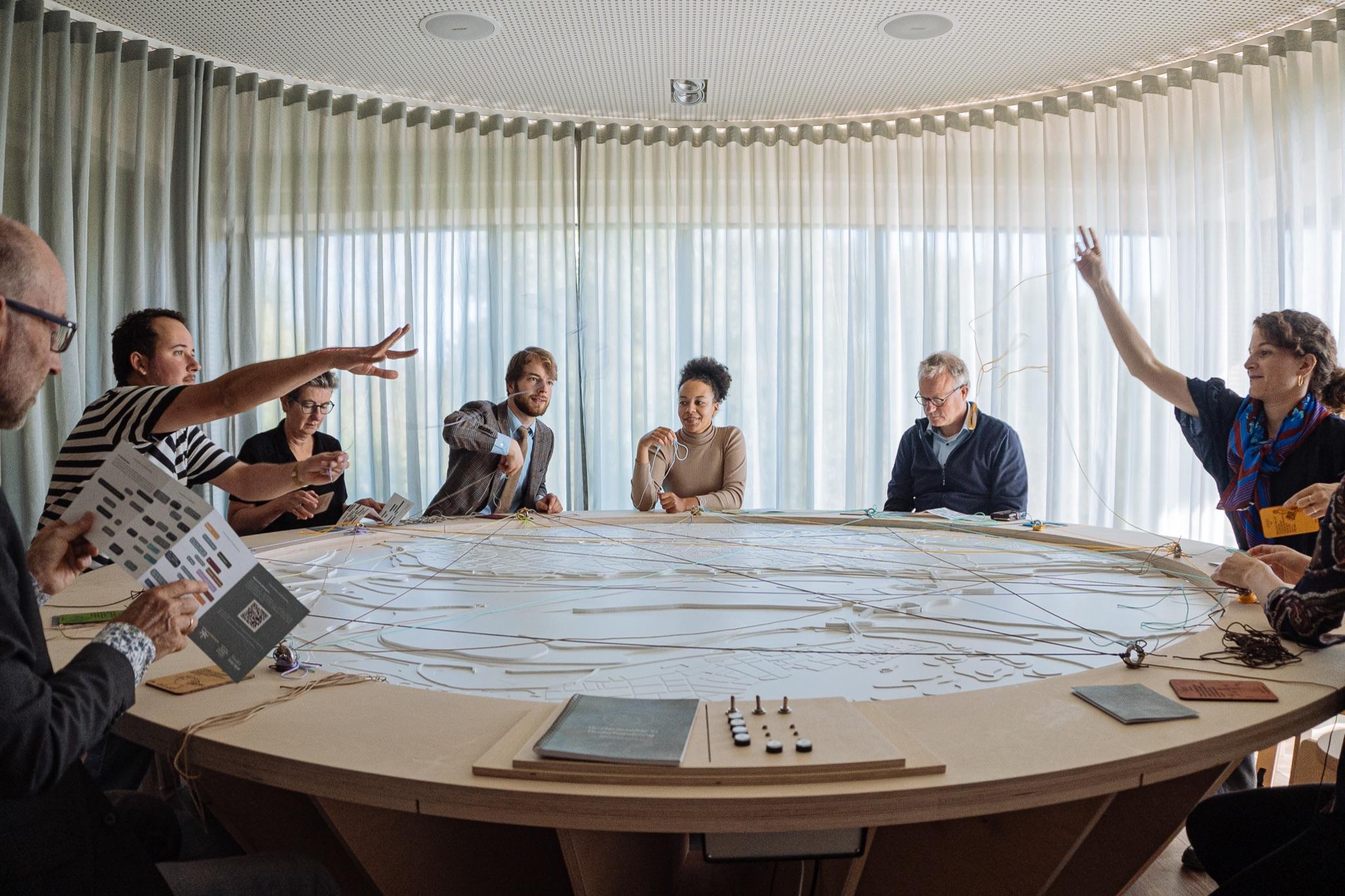
1 minute read
Studio Inscape
research-based architecture practice
Rotterdam, the Netherlands
Advertisement
Oosterschelde in Onderhandeling (2021)
Gestures of Maintenance (2022)
Studio Inscape was founded by Charlotte von Meijenfeldt, Willie Vogel and Eileen Stornebrink in 2018. We are experienced in designing spatial strategies, installations and experiences that focus on human-non-human interactions


● Aim

● Brief
● Playing Objectives
● Playing Elements
○ Playing field
○ Playing cards
○ Other
● Demonstration
○ How is the game started?
○ What happens in a turn/round?
○ How is the game ended?
● Setting
● Planning
15.05.2022
Aim

The game is teaching users to:
1. …experience what bioregionalism means from the perspective of Atelier LUMA’s experienced methods (find, connect, engage & share) in the context of Arles.
2. …be able to see their own context as a potential playing field for a bioregional design approach. And to connect their local resources, crafts and facilities to new biological fabrication processes. The game is fed by:
● Publications Atelier LUMA on methodology
● Research Jakob Travnik on 3 case studies
● Conversations with Atelier LUMA members during a 3-day visit to LUMA Arles and several online meetings.
● Experience Studio Inscape with the development of games or tools that relate to bioregionalism
● Consults with (serious) game designer Koen Fraijman
Bioregional design approach: Is an interdisciplinary approach that follows the local territory and seeks responses to environmental, social and economic challenges of the region.
Atelier Luma’s role has been to apply an interdisciplinary design approach to the local territory, seeking to respond to environmental, social, and economic challenges. -

Maja Hoffman
Bioregional design practices give us a framework for asking useful questions: what resources are available, and how can we use them in a way that makes environmental and social systems stronger? Atelier LUMA works by creating assemblages2 — of material and human resources — that strengthen the bioregion in and of themselves. - Jan Boelens


